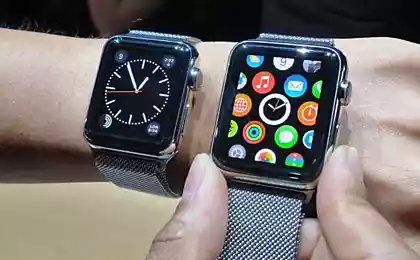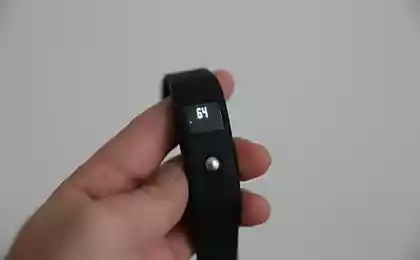274
Health in the digital age: how gadgets can help and harm
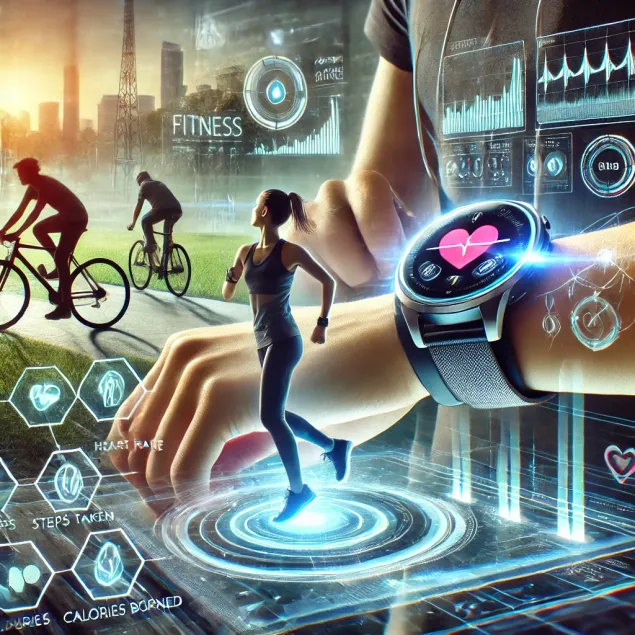
Introduction. Technological progress has long been an integral part of our daily lives. It is difficult to imagine a modern day without a smartphone, computer or smart watch on your wrist. Digital tools penetrate the very essence of human existence, and health is no exception. Various fitness trackers, mobile apps for monitoring sleep and calories, as well as telemedicine services are becoming more popular and promise to simplify the path to good physical shape and well-being. However, like any tool, gadgets can work in our favor only with competent and conscious use. In this article, we will look at the pros and cons of digital technologies for health, as well as give some tips for the optimal implementation of these tools in everyday life.
Why digital health has become a trend
Until two decades ago, the idea of constantly carrying around a device that tracks your heart rate and the number of steps you’ve walked seemed fantastic. But the rapid development of electronics and computing power has made this a reality. According to statistics, the market of fitness trackers and smart watches is growing annually at double-digit rates, and the gadgets themselves are becoming more affordable. Among the main factors of popularity of digital health tools are:
- Convenience and mobility. Bracelets, smartwatches and smartphones are always at hand, making it easy to track basic indicators without going to the clinic.
- Motivation and game mechanics. Many applications use elements of gamification: daily tasks, ratings among friends, virtual rewards, which creates an additional incentive for training.
- Analytics and personalization. Modern systems are able to process large amounts of data on sleep, nutrition and physical activity, issuing recommendations tailored to a specific user.
This widespread adoption of technology is fueled by the desire of people to control their own lives, as well as the general tendency to self-improvement. But it is worth remembering that the fascination with numbers and sensors should be balanced and not replace common sense.
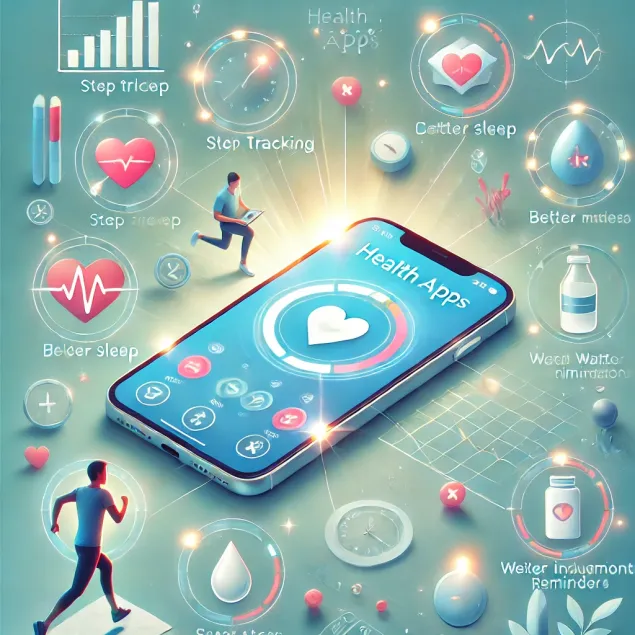
Benefits of fitness trackers and health apps
1. Constant monitoring of indicators of the body
One of the obvious advantages is the ability to track basic parameters – heart rate, steps, calories expended, stress levels – in real time. Regular recording of data helps to notice deviations: if you began to sleep worse or sharply decreased activity. Thanks to this, you can adjust your habits in time, and in some cases, the gadget is able to indicate potential problems with the cardiovascular system or breathing.
2. Building healthy habits
Fitness trackers and applications offer users a certain “framework” of the discipline. Notifications that it is time to pause and warm up, a workout planner and reminders about water intake make us more likely to act for the good of health. This approach supports the principle of “small steps”, when the gradual correction of habits leads to long-term positive results.
3. Availability of information and motivation
Many people like to feel involved and see their progress in numbers and graphs. Exercise results, weekly stats, improved sleep phases, or lower average heart rate can all be a powerful incentive to keep going. The ability to share successes on social media or compete with friends (who has more steps in a day?) adds an element of play and excitement. According to the American Psychological Association, such social engagement can increase the likelihood of forming enduring good habits.
Main Risks and the “Backside” of Digital Assistants
1. Too much dependence on numbers
One of the main disadvantages of constant monitoring is the ability to get stuck in the world of statistics. Some users begin to feel anxious if the tracker shows that they have walked fewer steps than usual, or their sleep was not “deep enough.” The desire to achieve “perfect” numbers can lead to obsessive behavior or, on the contrary, to disappointment if the results do not meet expectations. Excessive attention to gadgets can weaken contact with the real sensations of your own body.
2. Inaccuracies in measurements
Despite the progress, trackers and applications still do not guarantee absolute accuracy. The pulse meter on the wrist can fail during intense exertion, and the algorithms for calculating spent calories are noticeably mistaken. Too much expectation from these devices often leads to incorrect conclusions about fitness or diet. In some cases, “twisted” statistics can cause a person to ignore the real signals of malaise or required rest.
3. Potential risks to the psyche
Excessive use of digital health tools can lead to anxiety-depressive conditions or eating disorders, especially in people with an increased tendency to perfectionism. Constantly comparing yourself to the ideal “digital” image, a crushing sense of guilt for not following the plan, the fear of leaving the schedule – all this can negatively affect the overall emotional background. According to the WHO, stress is one of the leading factors contributing to the development of chronic diseases, and digital overcontrol and self-criticism only increase it.
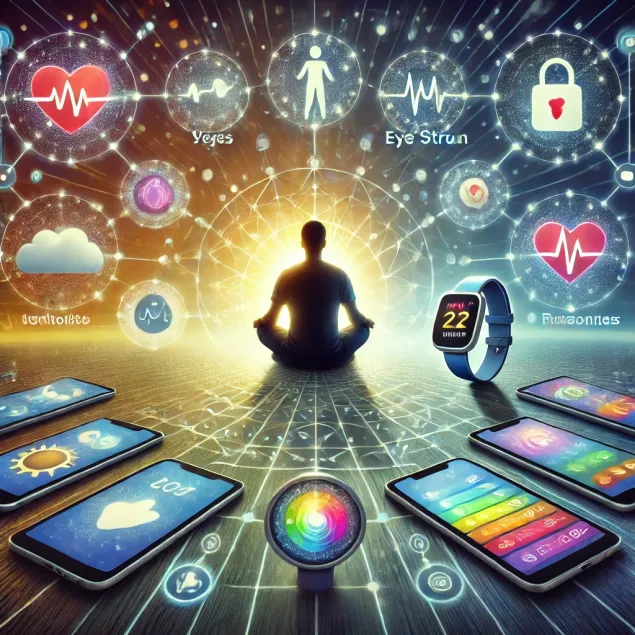
Advice on the competent use of digital tools
- Try to keep the balance. Use trackers and apps as helpers, not absolute “truth of last resort.” Numbers should complement your subjective well-being, not replace it.
- Consider the individual characteristics. Heart rate and calorie intake vary from person to person. Compare your dynamic with yourself, not with other people’s results.
- Check the data offline. If you notice a spike in pulse or an unexpected drop in activity, try a routine medical examination. This will help to eliminate errors of the gadget.
- Don’t forget about real consultations. A digital assistant will not replace a doctor. For severe symptoms, do not postpone a visit to a specialist. The gadget can only warn or motivate, but not make a diagnosis.
- Set reasonable goals. Moderate and achievable goals (such as increasing the number of steps by 10% per week or gradually improving sleep quality) can help avoid overload and burnout.
- Enter the digital detox. Periodically arrange for days or hours when you turn off notifications or even completely remove the tracker. This will help to take a break from constant self-regulation and maintain psychological balance.
Conclusion: A conscious approach is the key to success
Technology offers incredible opportunities to improve health and quality of life. Fitness trackers, smartwatches and apps can stimulate our activity, provide motivation and even serve as indicators of potential problems. However, it is important to remember that any digital tools are only a means, not a guarantee of results. The main key to success is the ability of a person to consciously use these tools, integrating them into his lifestyle without compromising mental balance.
If you decide to include gadgets in your health care system, do it thoughtfully: analyze the data, but remember to listen to your body, adjust your goals, but avoid perfectionism and guilt. Health is the harmony between the physical, emotional and social aspects of life. Digital tools can be a great help on the way to this harmony, if applied in moderation and taking into account individual characteristics. Remember that your true sense of well-being cannot be reduced to just on-screen metrics, and that your inner sense of self deserves close attention and care.
Small steps to big changes: simple life hacks for self-development
Unexpected masterpieces: little-known artists who changed art
